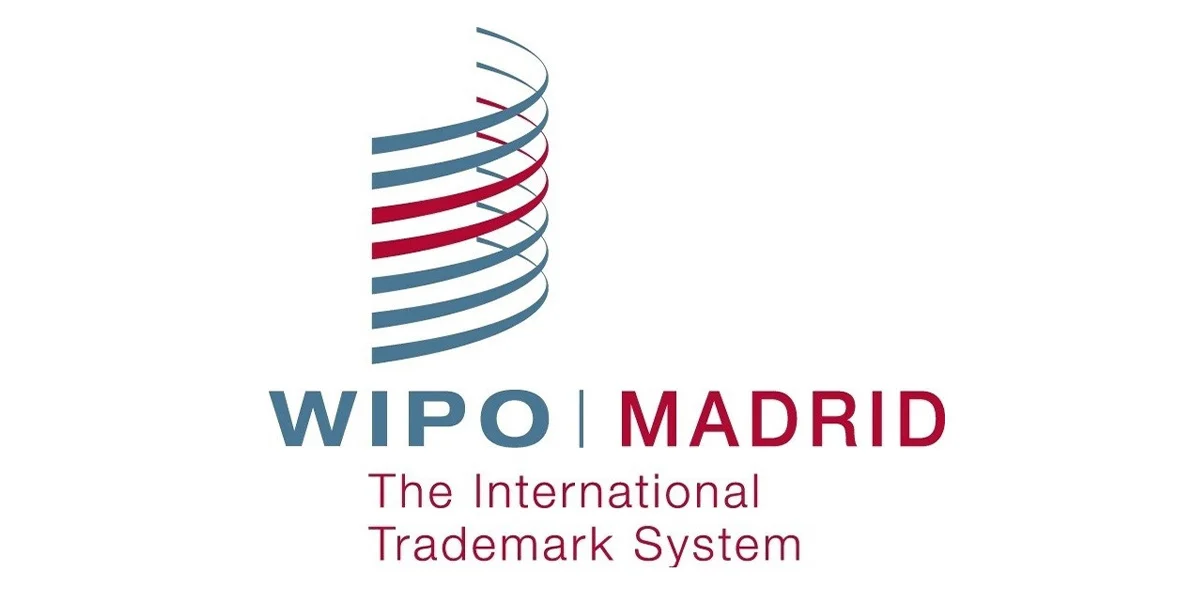As you may already know that Malaysia has acceded to the Madrid Protocol on 27th December 2019. This would be a watershed moment where local businesses will be able to enjoy the benefits it offers in terms of securing their trademark protection overseas.
First thing to make it clear is that there is no such thing as a single trademark registration that covers every country in the world so, technically speaking, it is not possible to register a trademark internationally. However, the Madrid system brings us a step closer by providing a single trademark filing procedure. An international registration can be thought of as a bundle of separate national trademark registrations that are centrally administered.
Who Can Apply?
An applicant must be qualified to apply for and own an international registration. To qualify, the applicant must be:
a national of, or
domiciled in, or
have a real and effective commercial or industrial establishment in Malaysia.
How the Madrid System works?
Intellectual Property Corporation of Malaysia (“MyIPO”) will act as the office of origin and this is the office through which the application for international registration must be submitted through. Bear in mind that to apply for an international registration, the applicant must have a “basic application” or “basic registration” in the country of origin (i.e., Malaysia). The international registration must be offor the same mark as the Malaysian’s application or registration and can only specify the goods or services contained in that Malaysian right application or registration. The applicant must specify which member states of the Madrid system the international registration should designate.
Upon receipt, MyIPO will certify that the details contained within the application form match those of the basic application or basic registration. MyIPO also certifies the date on which the international application is received and forwards the application to the World Intellectual Property Organisation (“WIPO”) for further processing. This date is important because it will be the date of the international registration.
WIPO will conduct a formality examination of the international application and once approved, WIPO will records details of the mark on the International Register and publishes the details in the WIPO Gazette of International Marks.
WIPO will then issue an international registration certificate to the applicant and notifies the Intellectual Property (“IP”) Offices in each of the countries designated in the application. The IP Office of each designation then conducts its own substantive examination to ensure the application satisfies local trademark laws.
Therefore, it is important to note that issuance of an international registration certificate does not mean you have secured the trademark protection in each designated country.
EachThe IP Office of aeach designated country has 12 or 18 months to complete its examination and raise any objections by issuing a provisional refusal. If no objections are raised, the IP Office will issue a Statement of Grant of Protection where no Notification of Provisional Refusal has been Communicated. This statement will beis recorded in the International Register by WIPO and published in the Gazette, and a copy will beis transmitted to the holder of the international registration.
If an IP Office wishes to raise an objection to the international registration, it must transmit a provisional refusal to the WIPO. In these circumstances, the WIPO will inform the applicant who must then appoint a local representative in that country to address the objections raised.
Since trademark law varies considerably across different countries, the international application can be, and often is, the subject of different objections in different countries.
Advantages – Cost Saving
Madrid System requires only a single trademark application in a single language and the payment of a single set of fees. It can be a very cost-effective way to protect a trademark in multiple countries as it does not require the applicant to pay local attorneys in each desired country (at least initially) so long as the various designated countries do not raise any objections. Simply put, Madrid system greatly simplifies the management of global trademark portfolios.
Disadvantages
- Central Attack
- One of the biggest potential downsides of the international registration is its dependence on the basic application or registration for a period of five (5) years from the date of registration.
- If an international registration is based on a basic application which is refused or withdrawn or a basic registration which is cancelled during this five-year period, the international registration will be cancelled.
- Consequently, this dependency period exposes an international registration to a so-called ‘central attack’ whereby a third-party may attempt to invalidate the basic registration and, thereby, destroy the international registration.
- In the event the basic application or registration is lost, the owner of the international registration will have to “transform” each designation into a national trademark application. This can be a costly and time-consuming process and is best avoided if possible.
- Objections raised by national IP Office to the international registration require the
appointment of local attorneys to deal with such objections. This can quickly eliminate the cost savings that might otherwise have been made.
** This article is intended for general information of the clients of our Firm. It should not be regarded as legal professional advice. If you have advice based on specific facts, please feel free to contact us.
© 2024 Venture Intellectual Property Sdn Bhd. All Rights Reserved

